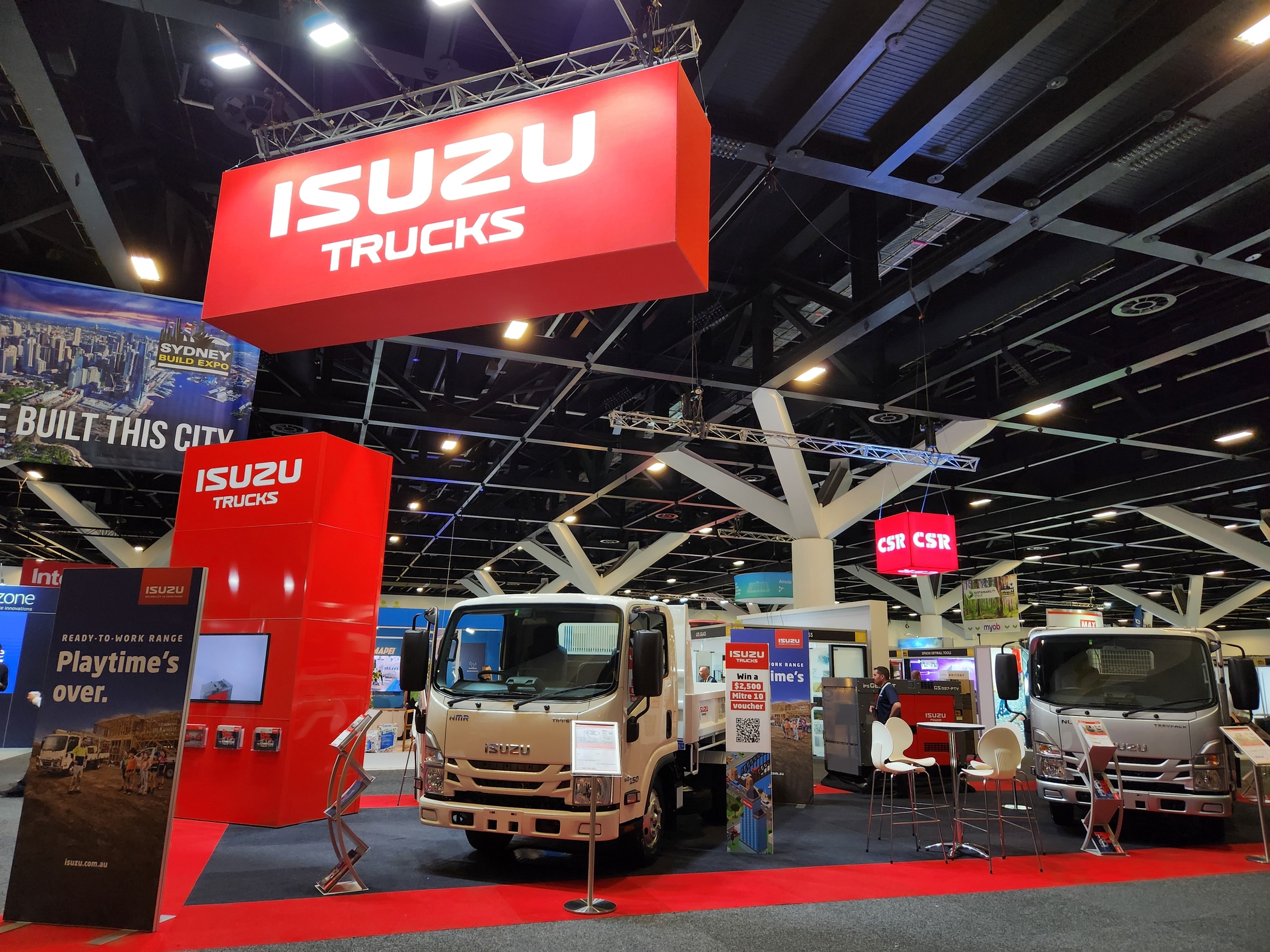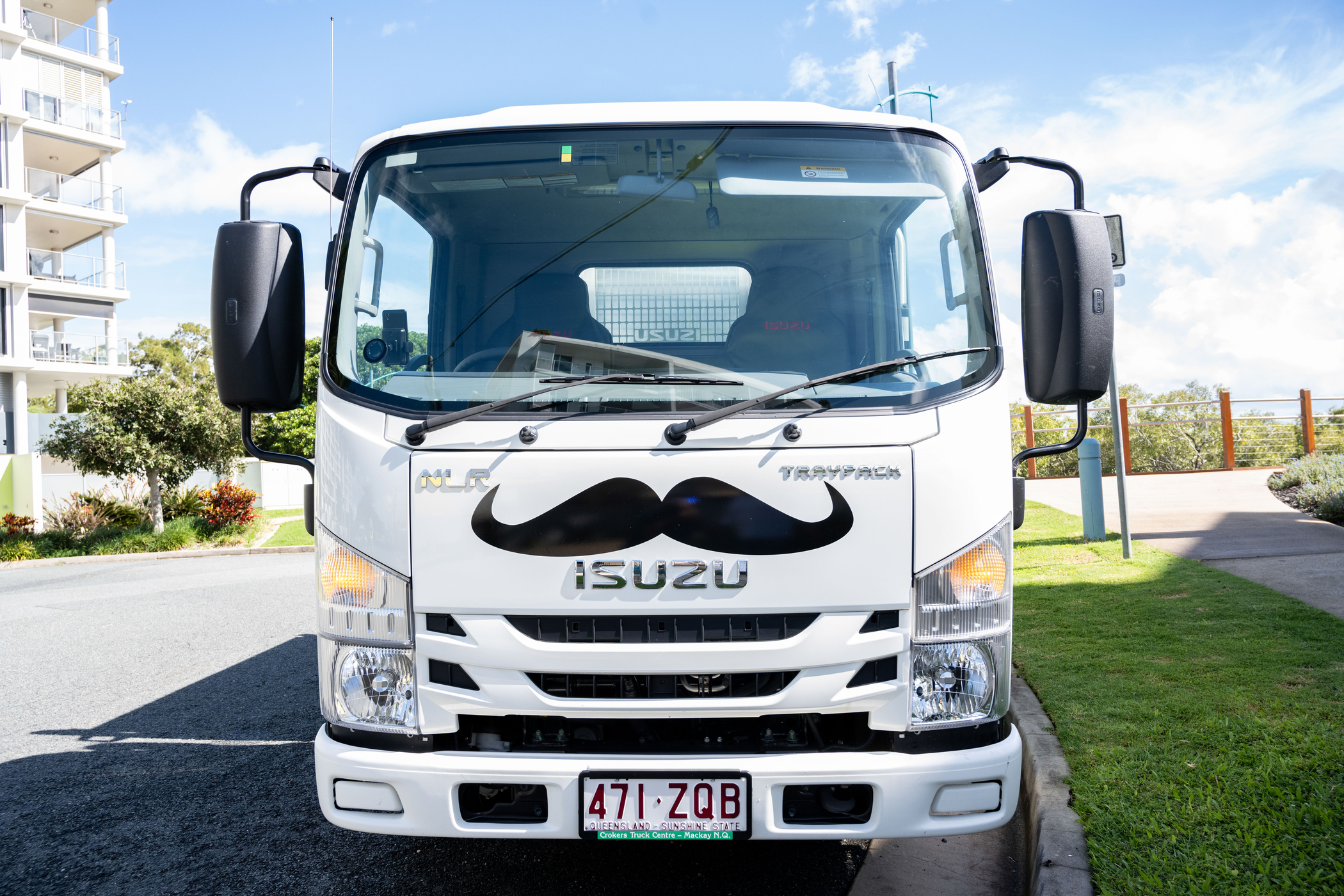THE IRRATIONAL FEAR: DRIVERLESS TRUCKS IN 2015

 So you’ve no doubt been hearing all the buzz around driverless vehicles or autonomous trucks and cars? It certainly makes for a fascinating juncture in the history of the automotive industry - and has the potential to drastically change the way we view road transport, freight and logistics. For we transport boffins, it’s exciting stuff.
So you’ve no doubt been hearing all the buzz around driverless vehicles or autonomous trucks and cars? It certainly makes for a fascinating juncture in the history of the automotive industry - and has the potential to drastically change the way we view road transport, freight and logistics. For we transport boffins, it’s exciting stuff.
World first
In fact, only recently we heard news of European multinational automotive giants, Daimler AG, piloting the first autonomous truck along Germany's Autobahn, between Denkendorf and Stuttgart. The world-first test relied heavily on what’s being broadly termed as ‘autopilot technology’, which works by activating autonomous driving features on the highway to control speed, breaking and steering. When ‘autopilot’, is engaged the truck can switch lanes safely and avoid collisions using technology and sensors already outfitted on the truck’s computer systems. In the case of passenger cars, autopilot technology can also scan for available parking spaces and parallel parks by itself - as we’ve seen with a host of existing models here in Australia.
Surely not
But just how far along is this technology really? Can we realistically expect to see trucks without drivers at the wheel - weaving their way along the nation’s motorways anytime soon? What about the unpredictability of other drivers sharing the road I hear you ask, what about lane changing, unexpected stopping? All valid safety questions yes, but perhaps most importantly, how will these trucks be able to honk their horns to the shrill screams and adoration of small children? Who will think of the children?!! Well, it’s all a lot closer than you might think.
Rio Tinto in the Pilbara
It might not be out on the highways just yet, but driverless fleets are already a reality with mining giants Rio Tinto using fully remote-controlled trucks in its Yandicoogina and Nammuldi pits in Western Australia’s Pilbara. All 22 trucks are managed remotely with workers controlling the driverless beasts from an operations centre in Perth, some 1,200 kilometres way! Of course, when you eliminate the irregularity of human operation, you get a pilotless machine able to run 24 hours a day, 365 days a year. And as you’d expect, the savings are as big as the trucks themselves. Industry insiders have estimated that each autonomous heavy hauler can save around 500 hours a year in downtime. And over in Japan (yes, who’d-a-thought it), driverless taxis are under trial from next year in an experiment with automaton technology that’s set to be fully commercial by 2020. Taking place in the coastal town of Fujisawa, the taxis will deliver residents to shopping precincts some three kilometres away.
So what does it all mean?
Well, the first thought of many reading this is likely to be, ‘so what happens to the human drivers and their jobs?’ To be blunt, their jobs are gone, but they are being replaced in part, at least in one sense. With the move away from more manual operation, there’ll be a greater need to train a workforce with more technology focused, analytical skills. This potentially opens up an all-new labour market across several industries reliant on road transport. The Australian mining industry in particular simply must look at innovative ways to stay viable and stay profitable, and although a small contributor, this is one way to do it.
What to expect
So will you be dodging runaway, driverless trucks on the way home from work? Industry experts are divided. The technology is already here, so depending on the pace at which government move we could be looking at operational fleets on our roads by 2018. That said, some industry analysts like Ernst & Young, Boston Consulting Group and Continental AG have estimated that fully autonomous cars and trucks won't be on the roads until more like 2030. Either way, the combination of a rapidly developing world teamed with major stresses on already pressured road infrastructure, means the need for less intrusive, automated transport technology is unlikely to wane anytime soon. The future, it seems, is well and truly upon us already.


Playtime’s over, get $3,500* to spend on extras.
If you’re ready to get serious about tackling bigger jobs, grab yourself an NLR 45-150 AMT SWB Traypack from the Ready-to-Work range for $62,990 drive away*. And to prove we aren’t playing, buy any NLR Traypack before June 30 and you’ll get $3,500* to spend on genuine accessories or an Essentials service agreement.
Learn more



